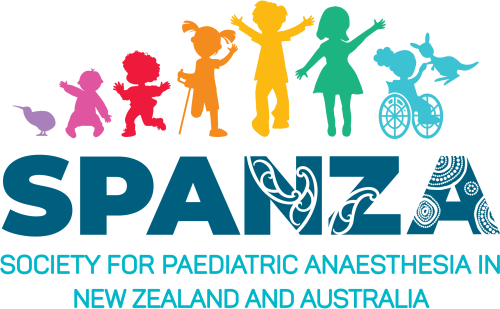Pediatric Intraoperative Electromyographic Responses at the Adductor Pollicis and Flexor Hallucis Brevis Muscles
A Prospective, Comparative Analysis
Anesthesia Analgesia
Submitted August 2024 by Dr Aileen Fenelon
Read by 760 Journal Watch subscribers
Summary This prospective comparative analysis study aimed to evaluate the feasibility of recording cAMP’s (compound muscle action potentials) from the lower extremity and compared paired responses from the foot and the hand in paediatric patients undergoing surgical procedures requiring the administration of neuromuscular blocking agents.
50 paediatric patients ranging in age from 3 months to 7.9 years, undergoing inpatient surgery requiring neuromuscular blocking agent administration were included. Patients with a history of a peripheral neurologic, myopathic, or neuropathic disease, or peripheral oedema were excluded. Electromyographic (EMG) monitoring was performed simultaneously in each participant at the hand (ulnar nerve, adductor pollicis muscle) and the foot (posterior tibial nerve, flexor hallucis brevis muscle). Specially designed paediatric recording electrodes (TetraSens Paediatric) were applied.
• The baseline T1 was higher at the foot than the hand by an average of 4.47mV (P<0.0001). • The TOFR at baseline and the maximum TOFR achieved were not different at the hand versus the foot. • The onset time of the change in the T1 amplitude to either 10% or 5% of the baseline T1 amplitude was delayed at the foot compared to the hand by approximately 90 seconds. • The recovery time to a TOFR >0.9 at the foot after it had already reached a value of 0.9 at the hand was approximately 3 minutes. • The final TOFR achieved at recovery was approximately 100% and was not different between the two sites.
Take Home Message - Routine neuromuscular monitoring is possible in paediatric anaesthesia. - The foot is an acceptable alternative when upper limbs inaccessible. - Slight delay in block onset time at the foot may result in: o Delayed laryngoscopy, reduced clinical productivity, but have similar if not better intubating conditions. o In the case of mRSI, delay may result in patient harm. - Delay in recovery of TOFR at foot after sugammadex administration may result in slight efficiency implications but may have a greater level of safety. - A strength of this study was the wide range of patient ages included.
There are several limitations to consider. The researchers were unable to accurately determine block onset times from the first administration of the neuromuscular blocking agent due to inaccuracy in recording time. Given the intrinsic time pressure of the operating theatre, they were also unable to ensure that neuromuscular monitoring and calibration of monitors always preceded the administration of neuromuscular blocking agents.
Considering that neuromuscular monitoring has become a standard of care in adult anaesthesia, this study is clinically relevant and timely. As a small single centre study, it is unlikely to change clinical practise but demonstrates the feasibility of routine neuromuscular monitoring in paediatric anaesthesia, and the possibility of safe and effective alternatives to adductor pollicis muscle monitoring. The authors correctly conclude that additional studies correlating the neuromuscular response at the foot with conditions for tracheal intubation and extubation are needed to develop recommendations on the timing of these events.



